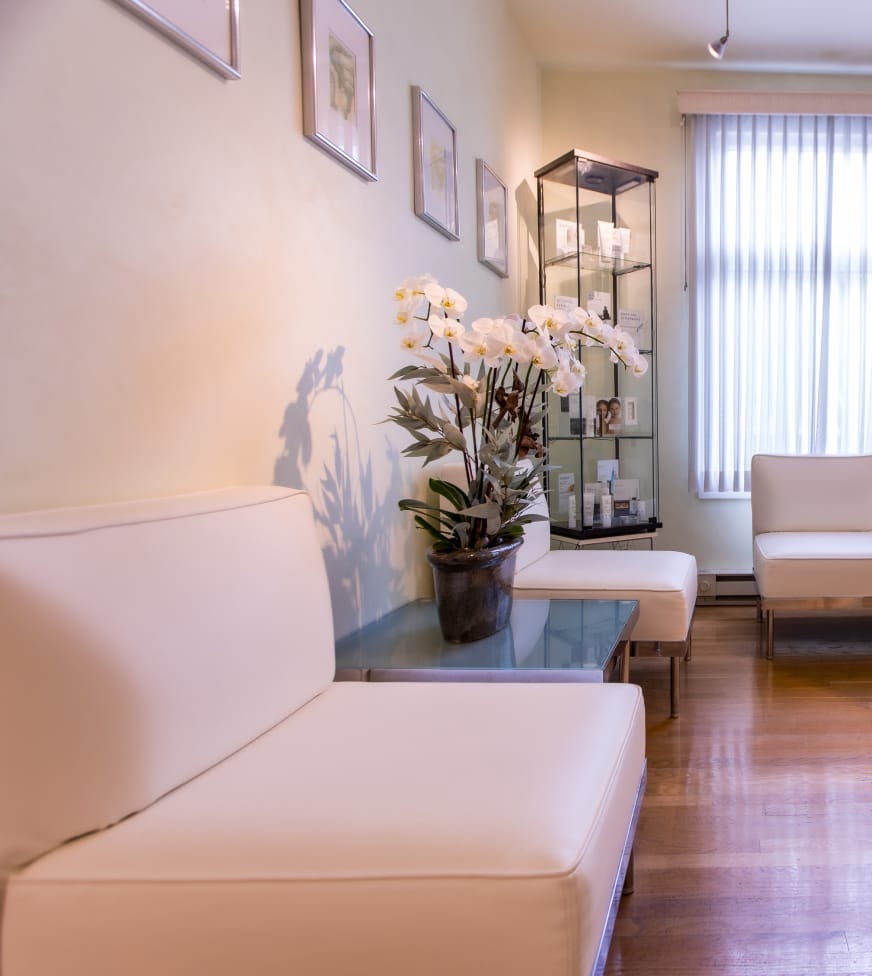Our otoplasty in San Francisco is performed to modify the appearance of the external ear, particularly outstanding ears.
Ear surgery is one of the only plastic surgery procedures performed on younger children, typically during their preschool years, as children as young as five years old can undergo the procedure. Working with younger patients aims to prevent ridicule or bullying once a child enters school. Protruding or prominent ears are frequently a concern since this cosmetic issue can affect a child socially, emotionally, and academically. Adults can also benefit from changing the shape and contour of the external ear.
In these cases, the patient may not have had correction during childhood, or the concern may have developed due to an injury. Some patients may also seek ear surgery as a result of ear defects, such as what's known as the 'cauliflower ear.' When left untreated, disfigurements can often lead to self-consciousness, social withdrawal, and a lack of self-esteem.
Dr. Maas has performed numerous otoplasty procedures on both children and adults. He has worked with ear surgery both at the University of California, San Francisco, where he continues to work as a clinical professor, and in his practice at The Maas Clinic™. Dr. Maas is highly qualified to address various cosmetic concerns involving the ear and performs the techniques necessary to achieve the best possible results for his patients.







